MAB3236
Anti-Cytokeratin 18 Antibody, clone RCK106
clone RCK106, Chemicon®, from mouse
Sign Into View Organizational & Contract Pricing
All Photos(1)
UNSPSC Code:
12352203
eCl@ss:
32160702
NACRES:
NA.41
Recommended Products
biological source
mouse
Quality Level
antibody form
purified antibody
antibody product type
primary antibodies
clone
RCK106, monoclonal
species reactivity
human
manufacturer/tradename
Chemicon®
technique(s)
flow cytometry: suitable
immunocytochemistry: suitable
immunohistochemistry: suitable (paraffin)
western blot: suitable
isotype
IgG1
NCBI accession no.
UniProt accession no.
shipped in
dry ice
target post-translational modification
unmodified
Gene Information
human ... KRT18(3875)
Related Categories
General description
Cytokeratins are a subfamily of intermediate filament proteins and are characterized by a remarkable biochemical diversity, represented in epithelial tissues by at least 20 different polypeptides. They range in molecular weight from between 40 kDa and 68 kDa and isoelectric pH between 4.9 - 7.8, The individual cytokeratin polypeptides are designated 1-20. The various epithelia in the human body usually express cytokeratins which are not only characteristic of the type of epithelium, but also related to the degree of maturation or differentiation within an epithelium. Cytokeratin subtype expression patterns are used to an increasing extent in the distinction of different types of epithelial malignancies.
Specificity
Cytokeratin 18. MAB3236 reacts exclusively with human glandular epithelial cells of the digestive, respiratory, and urogenital tracts, endocrine and exocrine cells and mesothelial cells as well as adenocarcinomas originating from them.
SPECIES REACTIVITY:
Human only. Does not react with other species.
SPECIES REACTIVITY:
Human only. Does not react with other species.
Immunogen
Cytoskeletal preparation of human bladder carcinoma cell line T24.
Application
Anti-Cytokeratin 18 Antibody, clone RCK106 detects level of Cytokeratin 18 & has been published & validated for use in FC, WB, IC, IH(P).
Research Category
Cell Structure
Cell Structure
Research Sub Category
Cytokeratins
Cytokeratins
Western blot
Immunohistochemistry on frozen and paraffin embedded tissue sections.
Immunocytochemistry
Flow cytometry
Optimal working dilutions must be determined by the end user.
Immunohistochemistry on frozen and paraffin embedded tissue sections.
Immunocytochemistry
Flow cytometry
Optimal working dilutions must be determined by the end user.
Linkage
Replaces: 04-586
Physical form
Format: Purified
Liquid in buffer with 0.1% sodium azide.
Storage and Stability
Maintain at -20°C in undiluted aliquots up to 6 months. Avoid repeated freeze/thaw cycles.
Other Notes
Concentration: Please refer to the Certificate of Analysis for the lot-specific concentration.
Legal Information
CHEMICON is a registered trademark of Merck KGaA, Darmstadt, Germany
Disclaimer
Unless otherwise stated in our catalog or other company documentation accompanying the product(s), our products are intended for research use only and are not to be used for any other purpose, which includes but is not limited to, unauthorized commercial uses, in vitro diagnostic uses, ex vivo or in vivo therapeutic uses or any type of consumption or application to humans or animals.
WGK
WGK 2
Flash Point(F)
Not applicable
Flash Point(C)
Not applicable
Certificates of Analysis (COA)
Search for Certificates of Analysis (COA) by entering the products Lot/Batch Number. Lot and Batch Numbers can be found on a product’s label following the words ‘Lot’ or ‘Batch’.
Already Own This Product?
Find documentation for the products that you have recently purchased in the Document Library.
Pukkavadee Netsirisawan et al.
International journal of oncology, 56(6), 1387-1404 (2020-04-03)
Breast cancer is the most common type of cancer and leading cause of cancer‑associated mortality in women worldwide. O‑linked N‑acetyl glucosaminylation (O‑GlcNAcylation) is a dynamic post‑translational modification of nuclear, cytoplasmic and mitochondrial proteins. Mounting evidence suggests that abnormal O‑GlcNAcylation status
Weixuan Wang et al.
Cell chemical biology, 25(3), 255-261 (2018-01-09)
Nicotinamide adenine dinucleotide (NAD) levels decrease with aging as a result of aging-associated CD38 upregulation. Here, we established a cell model with decreased cellular NAD levels by overexpressing CD38 or treating cells with FK866, an inhibitor of nicotinamide phosphoribosyltransferase. We
Our team of scientists has experience in all areas of research including Life Science, Material Science, Chemical Synthesis, Chromatography, Analytical and many others.
Contact Technical Service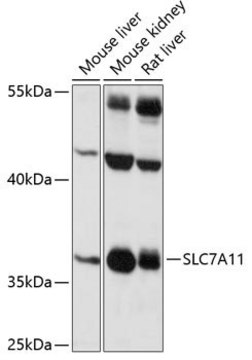
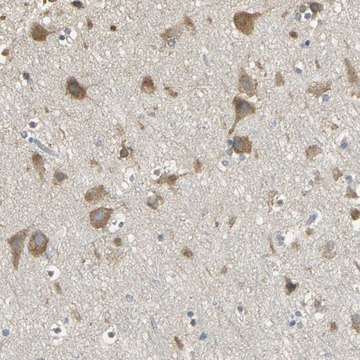
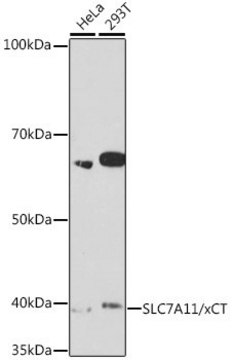
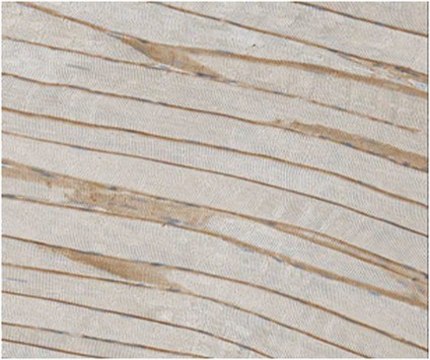
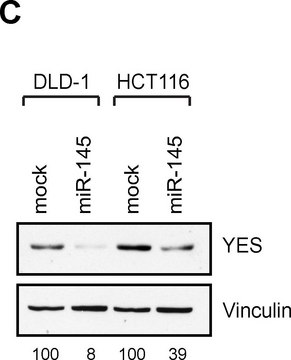
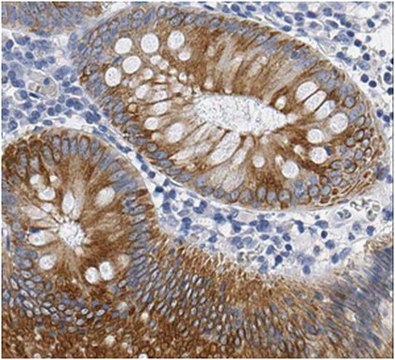

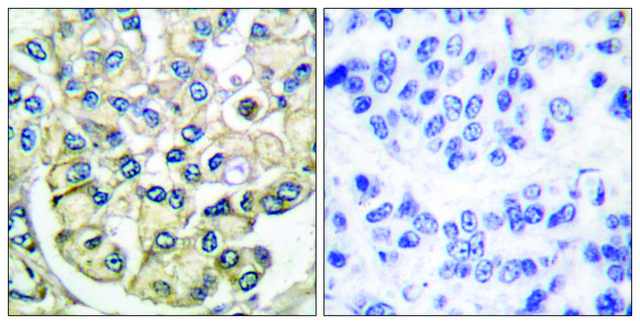
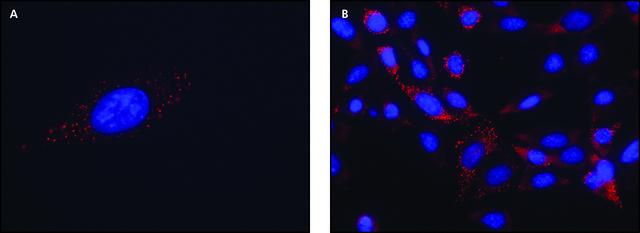
![2-{[7-(5-N,N-Ditolylaminothiophen-2-yl)-2,1,3-benzothiadiazol-4-yl]methylene}malononitrile 99% (HPLC)](/deepweb/assets/sigmaaldrich/product/structures/369/847/83afd245-0ae2-49bf-b44e-bcc0dd348c82/640/83afd245-0ae2-49bf-b44e-bcc0dd348c82.png)